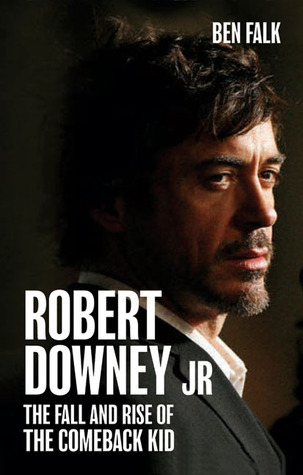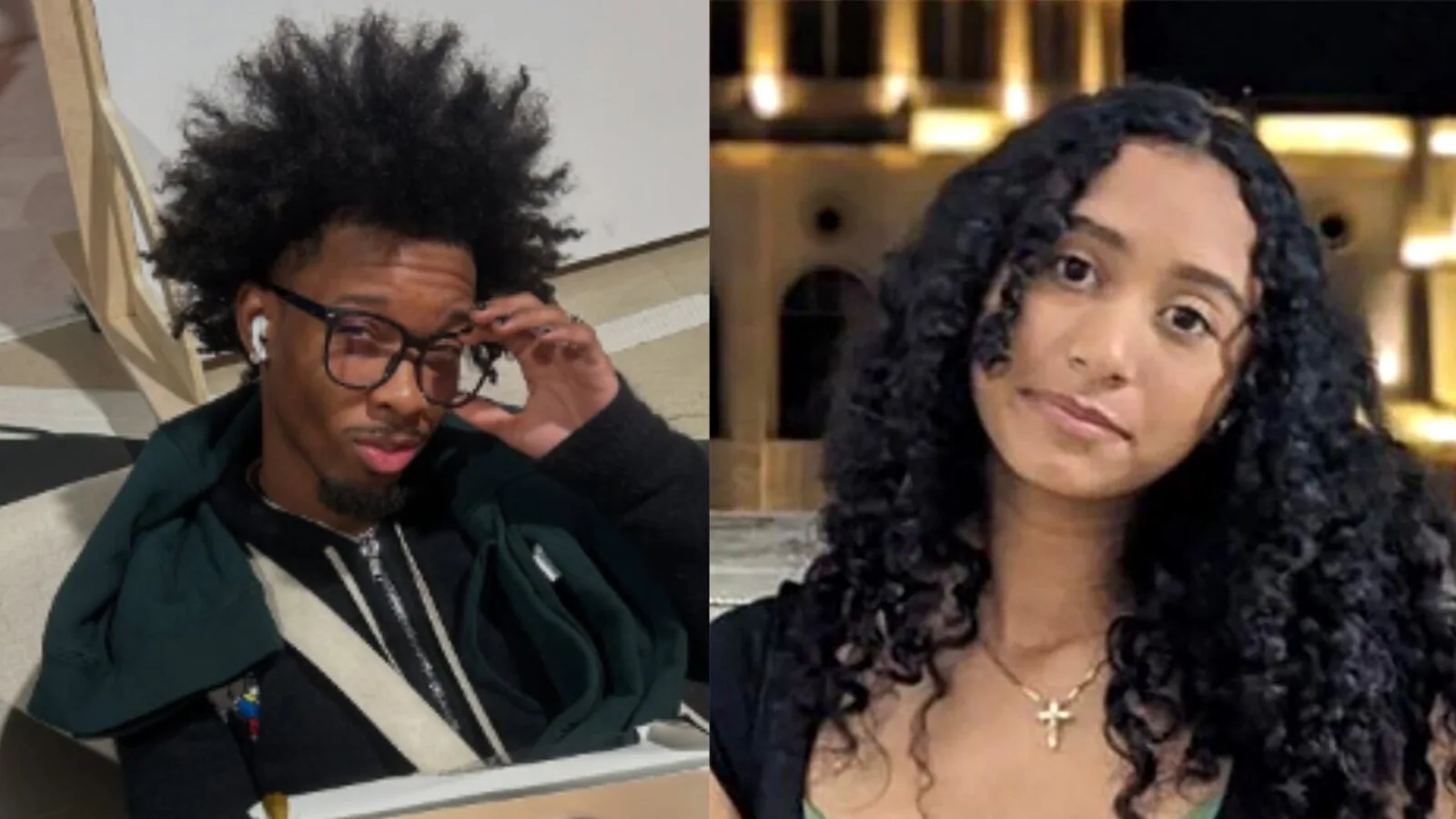The year is 2008. The screen flickers to life not with a superhero, but with a captured weapons manufacturer, Tony Stark, being escorted through a war-torn Afghan desert. His demeanor is all arrogant charm, a billionaire playboy insulated from consequence. Then, an explosion. Captivity. And a forced reckoning that would forge him into Iron Man. The actor playing him, Robert Downey Jr., delivered these lines with a wry, self-aware smirk that seemed to bleed beyond the script. The audience was watching a character’s origin story, but they were also witnessing the culmination of one of the most spectacular professional and personal resurrections in Hollywood history.
The casting was, by all contemporary Hollywood standards, a massive gamble. Director Jon Favreau had fought tooth and nail for Downey, against a studio that saw him as a liability, a relic of tabloid scandals and a seemingly uninsurable risk. Yet, as Tony Stark emerged from that cave in a clunky suit of iron, proclaiming, “I am Iron Man,” the line felt less like a scripted moment and more like a declaration for the actor himself. Robert Downey Jr. wasn’t just playing a role; he was reclaiming his destiny. This is the story of how he lost his throne, navigates the abyss, and orchestrated a comeback so profound it not only redefined his own life but reshaped the entire landscape of modern cinema.
Part I: The Prodigy and the Precipice
Long before Iron Man, Robert Downey Jr. was Hollywood royalty in the making. Born in 1965 to underground filmmaker Robert Downey Sr., he was literally raised on set, appearing in his father’s film Pound at the age of five. The creative, chaotic, and often drug-fueled environment of the 1970s New York art scene was his nursery. Talent was his inheritance. He was a natural, possessing a preternatural charisma and an emotional depth that belied his years.
His early career was a rocket launch. After a standout performance in the teen comedy Weird Science (1985), it was his Oscar-nominated role in Chaplin (1992) that cemented his status as the actor of his generation. At 27, he completely vanished into the role of the silent film legend, mastering the physical comedy, the tragic undercurrent, and even learning to play the violin left-handed. He didn’t just play Charlie Chaplin; he became him. The performance earned him a BAFTA and a Golden Globe, and his first Academy Award nomination for Best Actor. The throne was his for the taking. He was the heir apparent to the likes of Dustin Hoffman and Al Pacino.
But the very environment that fostered his creativity also normalized its demons. Downey had been introduced to drugs by his father at the age of six, a fact he has discussed with sobering candor. What began as a rebellious act in a permissive world soon spiraled into a debilitating addiction. The 1990s became a blur of critical acclaim and personal chaos. While delivering brilliant performances in films like Natural Born Killers (1994) and Restoration (1995), his off-screen life was unraveling.
The precipice arrived with a series of very public, very stark incidents. In 1996, he was arrested for speeding down the Sunset Strip with heroin, cocaine, and an unloaded gun in his car. This began the infamous “perp walk” era of his life. A year later, he skipped a court-ordered drug test and was found wandering a neighbor’s house, naked and disoriented. His addiction was no longer a private struggle; it was a public spectacle. His professional consequences were swift and severe. In 1999, as his character on the TV show Ally McBeal won a Golden Globe (and saved the show from cancellation), his addiction forced his firing. In 2001, after yet another arrest, he was sentenced to three years in prison, serving just over a year in the California Substance Abuse Treatment Facility and State Prison.
By the early 2000s, Robert Downey Jr. was not just unemployed; he was unemployable. He was a pariah. The prodigy had become a cautionary tale. The throne was not just empty; it seemed to have been permanently dismantled.
Part II: The Long Road Through the Wilderness
The period following his release from prison in 2003 was, in many ways, more challenging than incarceration itself. The industry that had once adored him now viewed him as toxic. He was, in the cold, hard language of Hollywood, “uninsurable.” Film studios purchase insurance policies on their lead actors to protect their multi-million dollar investments. If an actor’s behavior—due to addiction or otherwise—causes delays or shutdowns, the insurance covers the cost. No company would insure Robert Downey Jr.
His comeback did not begin with a blockbuster. It began with humility, with a deliberate and painstaking process of rebuilding trust, one small role at a time.
He started in the one place that would still have him: the world of independent film and friends’ projects. He took a small, unpaid role in his friend’s film, The Singing Detective (2003), a project that only got insured because Mel Gibson, a longtime friend, paid the bond out of his own pocket. It was a gesture Downey would never forget. He did voice work for projects like The Shaggy Dog. He took supporting roles in critically acclaimed but modestly budgeted films like Good Night, and Good Luck (2005) and A Scanner Darkly (2006).
This phase was crucial. It was his “craftsman” period. He wasn’t the star; he was a working actor, proving he could show up on time, know his lines, and be a reliable professional. He was, brick by brick, rebuilding his reputation. Directors like David Fincher took a chance, casting him as the enigmatic villain in Zodiac (2007). His performance was meticulous, controlled, and powerful—a stark reminder of the profound talent that had been lying dormant. It was a performance that whispered to the industry, “I am back, and I am serious.”
Simultaneously, Downey was engaged in a far more important battle: the internal one. He has credited his recovery to a combination of therapy, 12-step programs, and a profound personal shift. In 2003, he met producer Susan Levin on the set of Gothika. He reportedly told her on their first meeting, “I’m going to marry you.” Recognizing the fragility of his sobriety and the value of this new relationship, he made a pivotal decision. In 2005, on his first sober birthday, he asked Susan to marry him, presenting her with an ultimatum he gave himself: “It’s me or the drugs.” He chose himself. He chose her. They married later that year, and Susan has been his steadfast partner and anchor ever since.
This period of the “wilderness” was not a detour. It was the necessary foundation. It was where he rebuilt his craft, his character, and his life. He wasn’t plotting a comeback to his old throne; he was building a new one from the ground up, this time on solid rock.
Part III: The Perfect Alchemy: Iron Man and the Calculated Gamble
By 2006, Marvel Studios was a company betting its entire existence on a single film. Having secured $525 million in financing by leveraging the rights to its characters, it chose Iron Man as its first self-produced feature. The character was a B-list hero at best, known more for his comic book storylines than mainstream appeal. The studio needed a home run.
Jon Favreau, hired to direct, saw something in Robert Downey Jr. that the risk-averse studio executives did not. He saw the perfect alchemy between actor and role. Tony Stark was a genius, a playboy, a billionaire, and a philanthropist who undergoes a traumatic event that forces him to confront his own legacy. Downey, in Favreau’s eyes, was the only actor who could bring the necessary depth, wit, and lived-in experience to the part. Stark’s journey from arrogant narcissist to self-sacrificing hero mirrored Downey’s own redemption arc.
The battle to cast him was fierce. Favreau and Marvel’s CEO, Ike Perlmutter, were skeptical, fearing the insurance liability. Favreau and producer Kevin Feige persisted. They set up a screen test, and Downey, understanding this was his last, best shot, delivered a performance that was so electric, so perfectly tailored, that it became impossible to imagine anyone else in the role. He didn’t just read the lines; he improvised, he ad-libbed, he became Tony Stark. The now-famous scene where he sits on the floor eating a box of American fast food while briefing the Pentagon was largely his improvisation. The studio, albeit nervously, relented.
The gamble paid off in a way that dwarfed even the most optimistic projections. Iron Man was a colossal critical and commercial success, grossing over $585 million worldwide. But its true legacy was in its star. Downey’s performance was universally praised. He was witty, charming, vulnerable, and utterly believable as a genius inventing his suit in a cave. The film’s post-credits scene, where Nick Fury mentions “The Avengers Initiative,” set the stage for something even bigger, and Downey was now the charismatic center of this new universe.
He hadn’t just landed a leading role; he had become the face of a cinematic revolution. The actor who was once uninsurable was now the most valuable asset in Hollywood.
Read more: Hollywood’s New Power Players: The Producers and Directors Defining the Next Decade
Part IV: Reigning Supreme: The Architect of a Universe
The success of Iron Man didn’t just bring Downey back; it anointed him as the king of a new Hollywood era. He reprised the role in Iron Man 2 (2010), and then came the moment that cemented his status: The Avengers (2012). As the linchpin of Joss Whedon’s ensemble epic, Downey’s Tony Stark was the chaotic, egotistical, yet brilliant heart of the team. The film shattered box office records, becoming the third-highest-grossing film of all time at that point and proving the viability of a shared cinematic universe.
For the next decade, Robert Downey Jr. was the Marvel Cinematic Universe. His salary reflected this newfound power, skyrocketing from a relatively modest $500,000 for the first Iron Man to a reported $50 million for The Avengers, with backend deals that made him one of the highest-paid actors in the world. He was no longer just an actor; he was a franchise.
But his work outside the MCU during this period demonstrated a crucial point: he was selective. He wasn’t just cashing checks; he was leveraging his Marvel clout to pursue passion projects that showcased his range. He starred in the Sherlock Holmes franchise, bringing his signature wit and physicality to the iconic detective. He earned a second Oscar nomination for his jaw-dropping, immersive performance in Tropic Thunder (2008), a role that was both a brilliant satire of method acting and a bold, self-deprecating move that showed he wasn’t afraid to confront his own past.
He used his influence to support his colleagues, most notably championing the casting of Mark Ruffalo as the Hulk, succeeding his Zodiac co-star Edward Norton. The “Avengers” cast became a family, with Downey as its charismatic, often protective, patriarch.
His reign culminated in Avengers: Endgame (2019). The film was a cultural event, and its emotional core was the conclusion of Tony Stark’s arc. The man who started his journey proclaiming “I am Iron Man” ended it with the ultimate sacrifice, uttering the line, “I am Iron Man,” before snapping his fingers and saving the universe. It was a perfect, poignant end to a character that had defined a decade of cinema and had been the vessel for Downey’s own redemption. The throne was not just reclaimed; it had been rebuilt into something grander and more powerful than anyone could have imagined.
Part V: The Legacy Beyond the Armor
So, what is the blueprint of the ultimate Hollywood comeback? The story of Robert Downey Jr. is not simply one of talent triumphing over adversity. Talent was always there. His comeback was a masterclass in strategic, sustained effort, built on several non-negotiable pillars:
- Radical Accountability: Downey never shied away from his past. He has consistently taken full responsibility for his actions, without excuse. This authenticity disarmed critics and allowed the public to root for him.
- The Power of Patience and Humility: He understood that the path back was not through a leading role, but through proving his reliability in smaller, meaningful parts. He rebuilt his career from the ground up.
- A Strong Support System: The role of his wife, Susan Downey, cannot be overstated. She provided the stability, tough love, and partnership he needed to maintain his sobriety and focus his ambitions.
- The Alignment of Role and Redemption: The genius of the Iron Man casting was its meta-narrative. Downey’s personal history infused Tony Stark’s journey with a depth and truth that a “clean” actor could never have achieved. It was the perfect role at the perfect time.
- Leveraging Success for Growth: Instead of resting on his Marvel laurels, he used his power to diversify his portfolio, challenge himself as an actor, and support the projects and people he believed in.
Today, Robert Downey Jr. stands as more than a movie star. He is a producer, an entrepreneur (with a focus on sustainable technology, a nod to his eco-conscious character in Oppenheimer), and a devoted family man. His recent Academy Award win for Best Supporting Actor in Oppenheimer (2024) served as the ultimate validation from an industry that had once cast him out. Playing Lewis Strauss, he shed all traces of Tony Stark, delivering a nuanced, chilling performance that reminded the world of his raw, unparalleled talent. It was the final, triumphant seal on his comeback, proving he could not only carry a blockbuster universe but also disappear into a complex character role and win the highest honor.
The story of Robert Downey Jr. is the ultimate comeback story because it is a human story. It’s a testament to the fact that our past does not have to define our future, that failure is not final, and that sometimes, the most broken parts of ourselves can become the source of our greatest strength. He didn’t just reclaim his Hollywood throne; he built a more enduring empire, proving that the greatest special effect of all is the power of a second chance.
Read more: Beyond the Box Office: How Streaming is Reshaping the Hollywood Blockbuster
Frequently Asked Questions (FAQ)
Q1: What were the specific drugs Robert Downey Jr. was addicted to?
Robert Downey Jr. has been open about his struggles with a range of substances, including heroin, cocaine, and marijuana. His addiction began at a very young age and escalated throughout the 1980s and 1990s.
Q2: How many times was he actually arrested?
Downey had multiple arrests between 1996 and 2001. The exact number is often cited as at least five, with the most significant ones being his 1996 arrest for possession of heroin, cocaine, and a firearm, and his 1999 arrest for missing a court-ordered drug test, which led to his state prison sentence.
Q3: Did he really learn to play the violin for Chaplin?
Yes. As part of his intense preparation for the role, Downey learned to play the violin left-handed, as Charlie Chaplin did. He also learned to conduct an orchestra and mastered Chaplin’s specific physical mannerisms. This commitment is a key reason why his performance is so highly regarded.
Q4: Why is an actor considered “uninsurable” and why is it such a big deal?
Film productions are multi-million dollar enterprises. Studios take out insurance policies to protect their investment against unforeseen events that could shut down production, such as the death or illness of a lead actor. If an actor has a history of substance abuse or reckless behavior that makes them a high risk for causing a shutdown, insurance companies will either refuse to insure them or demand exorbitant premiums. Without insurance, most studios will not hire an actor, as the financial risk is too great.
Q5: What was his salary for the first Iron Man compared to later films?
Robert Downey Jr. was paid a base salary of approximately $500,000 for Iron Man (2008), a fraction of what a typical A-list star would command. However, his deal included backend points, meaning he received a percentage of the film’s profits. As the MCU grew, his salary exploded. He reportedly earned around $50 million for The Avengers (2012) and his deals for the later Avengers films were even more lucrative, making him one of the highest-paid actors in the world.
Q6: What is Team Downey?
Team Downey is the production company founded by Robert Downey Jr. and his wife, Susan Downey. It allows them to develop and produce their own projects, giving them creative control. Their productions include the Sherlock Holmes films, the HBO series Perry Mason, and the upcoming project The Sympathizer.
Q7: How has he managed to maintain his sobriety for so long?
Downey has attributed his long-term sobriety to a combination of factors: a strong commitment to his 12-step program, regular therapy, a disciplined personal routine, and the unwavering support of his wife, Susan. He has often stated that marrying her and starting a family provided him with the stability and motivation to stay clean.
Q8: What was the significance of his Oscar win for Oppenheimer?
Winning the Academy Award for Best Supporting Actor for his role as Lewis Strauss in Oppenheimer was symbolically monumental. It served as the final act of his professional redemption, proving definitively to the industry and the world that he was not just a blockbuster movie star but a deeply respected and versatile character actor of the highest caliber. It closed the loop on a journey that began with his first nomination for Chaplin over 30 years prior.




/wion/media/media_files/2025/02/12/CRfEneJ6R32IeQjjeSKQ.png)